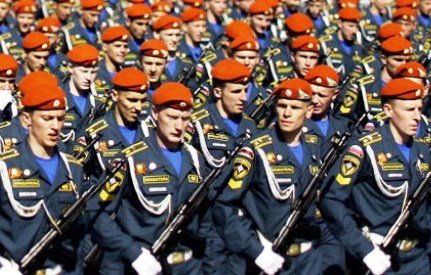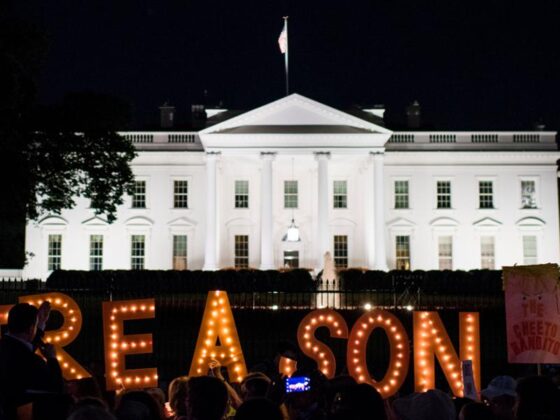(RMR blog) Last summer, Russian Defense Minister Sergei Shoigu said that Russia will continue to strengthen its forces around the Black Sea in order to “neutralize the security threat in the Black Sea region from NATO.” This rhetoric highlights the change in threat perceptions that has taken place on both sides in the region in recent years. Just 10 years ago, the Black Sea was touted as a model of naval cooperation among former adversaries. Collaborative naval activities such as BlackSeaFor and Black Sea Harmony, as well as regular Russian participation in NATO’s Active Endeavor, promised a future where all Black Sea littoral states worked together to ensure regional security and mitigate security threats such as smuggling. This cooperation started to falter after the 2008 Russo-Georgian war but was maintained through the combined efforts of Russia and NATO members – especially Turkey.
The situation changed radically after Russia’s annexation of Crimea in 2014, with NATO leadersexpressing concern that Russia could turn the Black Sea into a Russian lake by devoting significant resources to the modernization of the Black Sea Fleet and strengthening Russian military forces in Crimea more generally. Russian political leaders, naval commanders, and policy experts have been open in explaining why they have prioritized the Black Sea Fleet in their naval modernization efforts. Part of that has to do with the parlous state of the fleet prior to 2014. Due to tensions with Ukraine and a general lack of investment in military procurement, Russia had sent only one new combat ship to the fleet between 1991 and 2014. As a result, by 2014 the fleet was barely functional and ships from other fleets had to be used to carry out Russian naval missions in the Mediterranean Sea and the Gulf of Aden.
See the original post @ Russian Military Reform (RMR) blog











